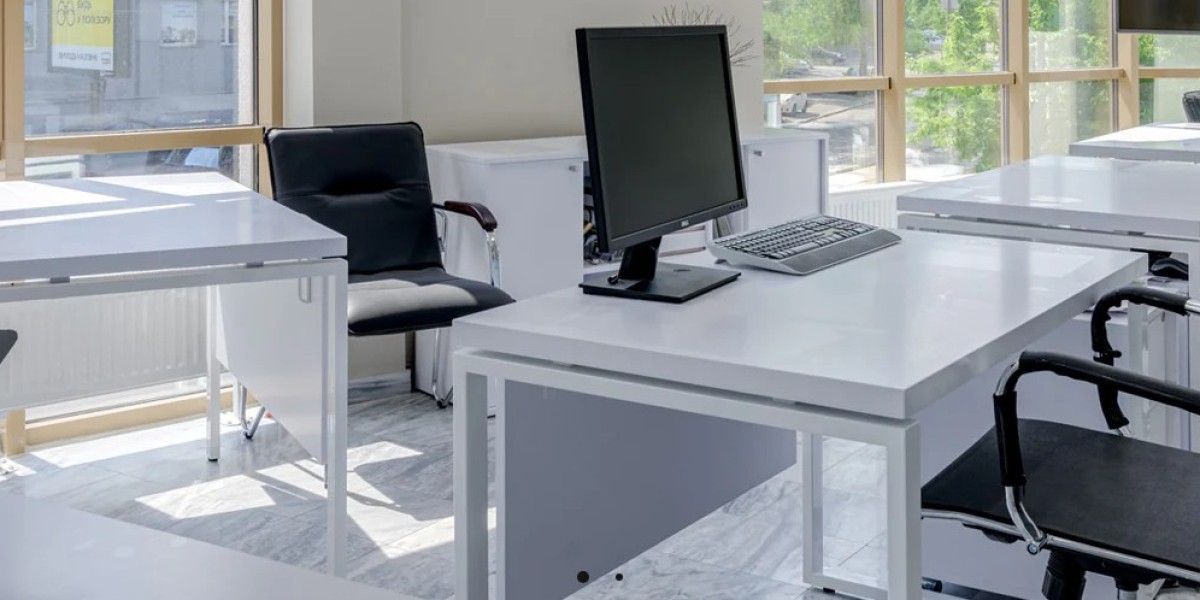Office furniture significantly influences workplace culture and productivity by affecting how employees interact, collaborate, and perform their tasks. The right furniture can create a positive work environment that enhances employee satisfaction and efficiency, while poorly chosen or arranged furniture can hinder productivity and morale. Here are some key ways office furniture impacts workplace culture and productivity:
1. Fosters Collaboration and Communication
- Open Layouts: Furniture designed for open-plan offices encourages communication and collaboration among employees. Desks arranged in clusters or pods promote teamwork and make it easier for colleagues to share ideas.
- Collaborative Spaces: Dedicated areas with comfortable seating, such as sofas or lounge chairs, encourage informal meetings and brainstorming sessions, fostering a culture of openness and cooperation.
2. Supports Employee Well-being
- Ergonomic Design: Ergonomic chairs and desks reduce the risk of physical discomfort and injury, promoting better health and well-being. Employees who are comfortable and free from pain are more likely to be focused and productive.
- Break Areas: Providing well-furnished break areas with comfortable seating allows employees to recharge and relax, which can reduce stress and improve overall job satisfaction.
3. Reflects Company Culture and Values
- Aesthetic Choices: The design and style of office furniture can reflect a company’s culture and values. For example, modern, minimalist furniture may convey a focus on innovation, while eco-friendly materials can emphasize sustainability.
- Personalization Options: Allowing employees to personalize their workspaces with furniture and decor that suit their preferences can enhance a sense of ownership and belonging, reinforcing the company’s commitment to a positive work culture.
4. Enhances Flexibility and Adaptability
- Modular Furniture: Modular desks and movable partitions allow for flexible workspace configurations that can be easily adjusted to accommodate different team sizes and project needs.
- Multi-Functional Furniture: Furniture that serves multiple purposes, such as convertible desks or tables, supports various work activities and allows for quick adaptation to changing demands.
5. Boosts Productivity and Efficiency
- Efficient Layouts: Well-designed furniture layouts optimize workflows by minimizing distractions and making it easier for employees to access tools and resources.
- Task-Specific Furniture: Providing furniture tailored to specific tasks, such as standing desks or quiet booths, can enhance focus and productivity by supporting different work styles and preferences.
6. Encourages Creativity and Innovation
- Inspiring Designs: Creative and visually appealing furniture can inspire employees and stimulate innovative thinking. Bold colors and unique designs can energize the workspace and encourage out-of-the-box ideas.
- Creative Zones: Setting up areas with unconventional furniture arrangements, like brainstorming pods or idea walls, can encourage experimentation and innovation.
7. Facilitates Effective Communication
- Accessible Meeting Spaces: Furnished meeting areas with the right technology and seating arrangements enable effective communication and collaboration, ensuring that meetings are productive and engaging.
- Common Areas: Informal common areas with flexible seating promote spontaneous interactions and networking, strengthening team relationships and enhancing communication.
8. Improves Employee Satisfaction and Retention
- Comfortable Environments: A well-furnished office that prioritizes comfort and functionality contributes to employee satisfaction and a positive work environment, which can lead to higher retention rates.
- Employee Empowerment: Allowing employees to choose furniture that suits their needs and preferences empowers them and demonstrates that their well-being is valued by the organization.
9. Supports Diversity and Inclusion
- Inclusive Design: Furniture that accommodates diverse needs, such as adjustable chairs and height-accessible desks, ensures that all employees feel comfortable and included in the workplace.
- Cultural Representation: Incorporating furniture and decor that reflect diverse cultures and backgrounds fosters a sense of belonging and inclusivity, enhancing the workplace culture.
10. Facilitates Change Management
- Adaptable Environments: Furniture that can be easily reconfigured helps organizations adapt to changes, such as expanding teams or implementing new processes, ensuring that the workspace remains effective and efficient.
Conclusion
Office furniture has a profound impact on workplace culture and productivity by shaping the environment in which employees work. By investing in well-designed, ergonomic, and flexible furniture, organizations can create a positive work culture that enhances collaboration, creativity, and employee well-being, ultimately leading to increased productivity and success.







